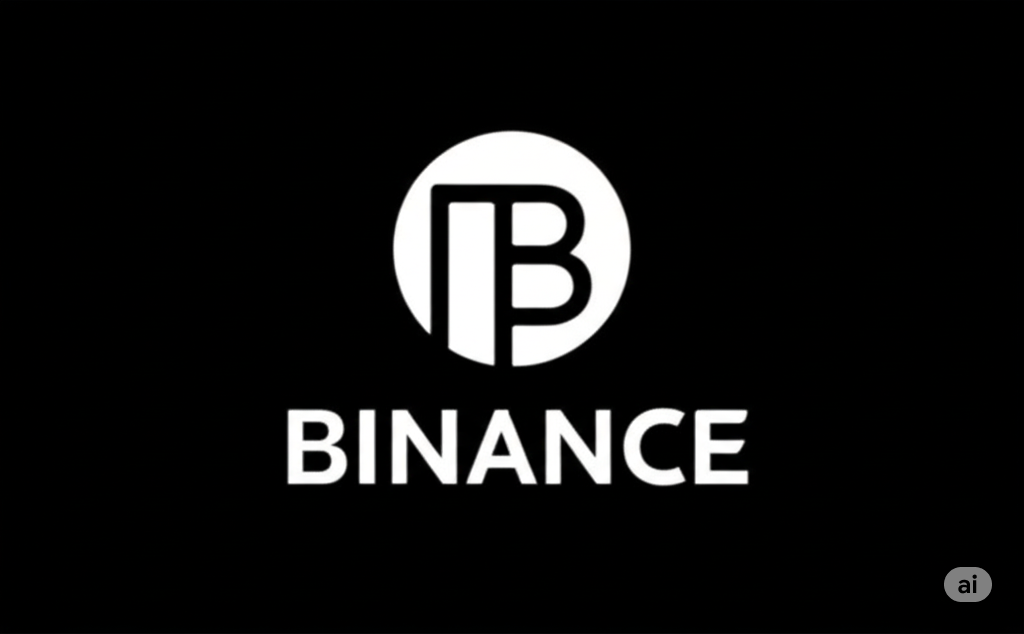The cryptocurrency industry, since its inception with Bitcoin, has navigated a complex and evolving regulatory landscape. Initially met with skepticism or a laissez-faire attitude in many parts of the world, governments and financial authorities are now increasingly focused on establishing frameworks to govern this burgeoning asset class. Understanding these global crypto regulation trends is crucial for businesses, investors, and anyone involved in the digital asset space.
One of the most prominent trends is the move away from outright bans towards more nuanced regulatory approaches. While some jurisdictions still maintain strict restrictions or outright prohibitions on cryptocurrency trading and use, a growing number of countries are exploring ways to integrate digital assets into their financial systems while mitigating risks. This often involves defining cryptocurrencies legally and determining which existing financial regulations apply, or creating new bespoke rules.
Key Trends Shaping Global Crypto Regulation:
- Focus on Consumer Protection: A primary concern for regulators globally is safeguarding consumers from fraud, scams, and market manipulation prevalent in the often-volatile crypto markets. This translates to regulations requiring exchanges and other crypto service providers to implement measures like KYC/AML (as discussed in a previous blog), provide clear disclosures, and ensure the security of user funds.
- Integration with AML/CFT Frameworks: Anti-Money Laundering (AML) and Counter-Financing of Terrorism (CFT) are central to regulatory efforts. Expect continued tightening of rules requiring crypto businesses to identify their customers, monitor transactions, and report suspicious activity, aligning with international standards set by bodies like the Financial Action Task Force (FATF).
- Clarification of Legal Status: Determining the legal classification of cryptocurrencies – are they currencies, commodities, securities, or a new asset class altogether? – is fundamental for applying appropriate regulations. Different jurisdictions are taking varied approaches, which can create complexity for global crypto businesses. Some are leaning towards treating certain tokens as securities, subjecting them to existing securities laws, while others are developing unique frameworks.
- Regulation of Stablecoins: The rise of stablecoins, cryptocurrencies pegged to the value of fiat currencies, has drawn significant regulatory attention due to their potential systemic importance and role in the broader crypto ecosystem. Expect stricter rules around reserves, issuance, and oversight of stablecoin operators.
- Exploration of Central Bank Digital Currencies (CBDCs): While not strictly a regulation of existing cryptocurrencies, the increasing interest in and exploration of CBDCs by central banks worldwide represents a significant trend in the digital currency space. The potential introduction of CBDCs could reshape the financial landscape and interact with private cryptocurrencies in complex ways.
- Taxation: Governments globally are grappling with how to effectively tax cryptocurrency gains and transactions. Expect continued development and refinement of tax regulations, requiring clearer reporting and compliance from individuals and businesses dealing with digital assets.
- Licensing and Authorization Regimes: Many jurisdictions are introducing licensing or authorization requirements for crypto exchanges, custodians, and other service providers operating within their borders. This aims to bring these entities under regulatory supervision and ensure they meet certain standards.
- Cross-Border Cooperation: Given the global nature of cryptocurrencies, international cooperation among regulatory bodies is becoming increasingly important to address issues like regulatory arbitrage and illicit activities that can easily cross national borders.
Divergence and Harmonization Challenges:
While there are common themes, the specific approaches to crypto regulation vary significantly across countries and regions. Some jurisdictions are adopting a more innovation-friendly stance, aiming to attract crypto businesses, while others are taking a more cautious approach, prioritizing risk mitigation. This divergence can create challenges for global crypto businesses navigating a patchwork of regulations. Efforts towards greater international harmonization of crypto rules are ongoing but face significant hurdles.
Looking Ahead:
The global crypto regulatory landscape will continue to evolve rapidly. As the industry matures and new innovations emerge, regulations will likely adapt and become more sophisticated. Staying informed about these trends is crucial for anyone operating in or interacting with the cryptocurrency space. Understanding the direction of regulatory travel can help anticipate future requirements, manage risks, and identify opportunities in this dynamic and transformative industry.












Leave a Reply